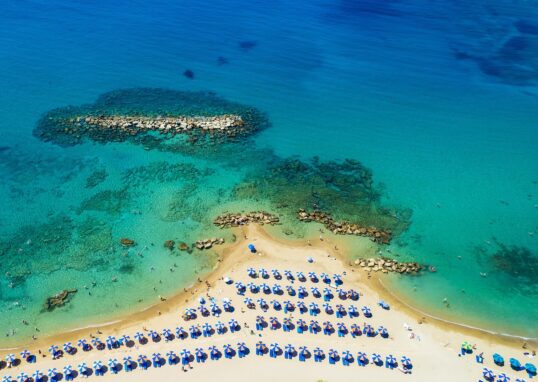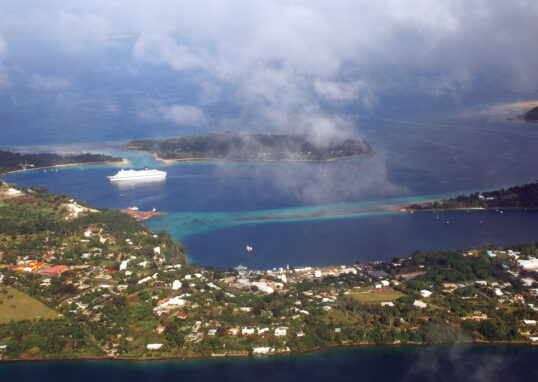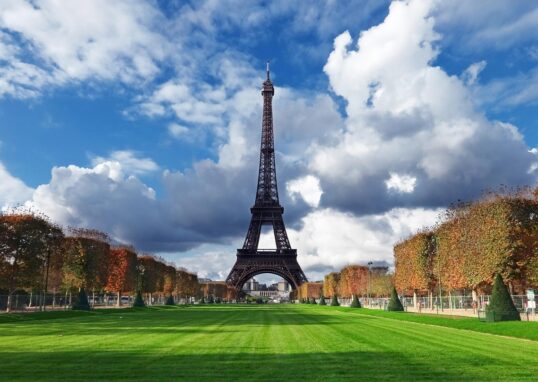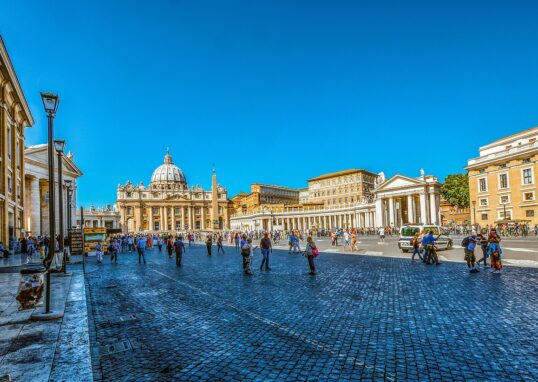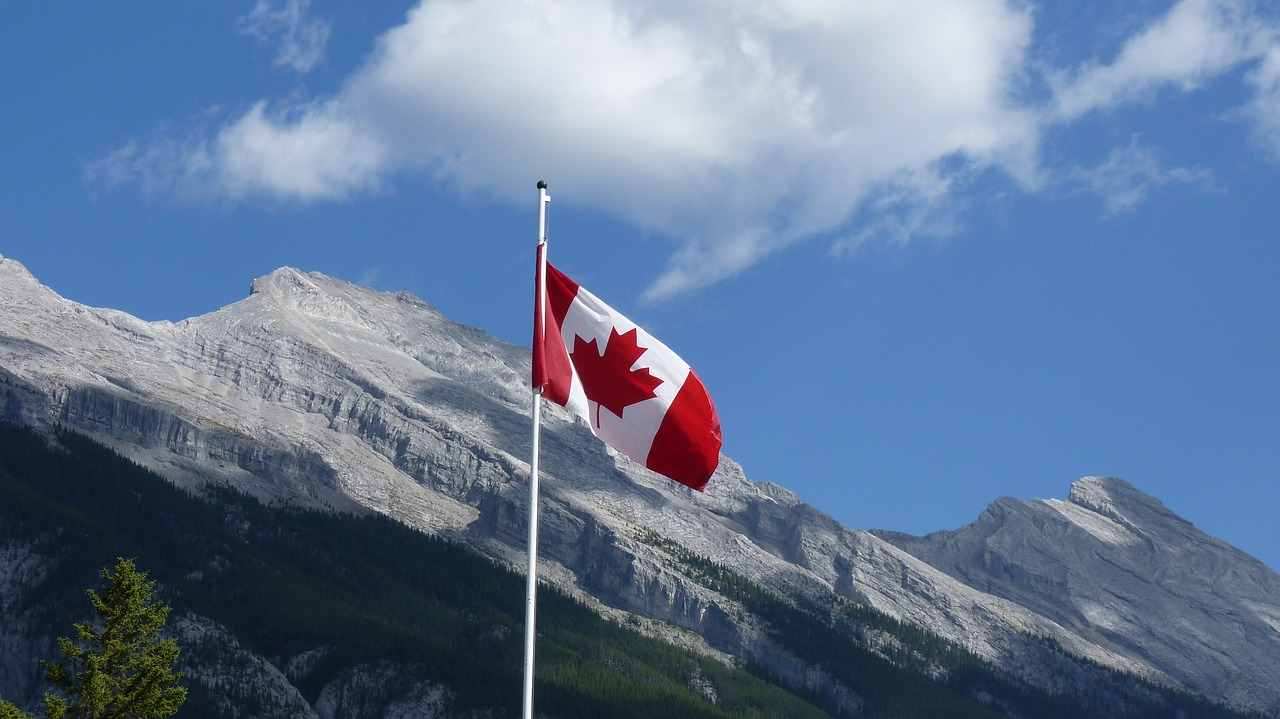
Where the Atmosphere Thins and Magic Condenses: Banff’s Alpine Alchemy
Located in the Canadian province of Alberta, Banff National Park is Canada’s first national park, established in 1885. The park covers approximately 6,641 square kilometers (2,564 square miles) and is one of the country’s most famous nature reserves. Tourists are drawn to its majestic mountains, crystal-clear lakes, unique wildlife, and a range of year-round outdoor activities. During a vacation, you may hike the rugged trails or enjoy the enervating view near the Banff mountains.
Geographical Overview and Significance of Banff National Park, Canada
Banff is a town located in the Canadian Rockies, a mountain range that spans from British Columbia to Alberta. The prominent peaks, such as Mount Rundle and Mount Cascade, are a prominent feature of the landscape here, and the artificial backdrop of the town of Banff and the surrounding villages is an outstanding addition to the scenery. The park also has the Great Divide, which separates water into two distinct oceanic bodies: the Pacific and Atlantic Oceans. There are also countless glaciers and ice fields, particularly the one at the Columbia Icefield.
One of Banff National Park’s major features is that it is steeply built. Some of its valleys are as high as about 1,400 meters (4,600 feet), which makes the weather colder year-round. The park’s terrain was formed by the movement and erosion of glacier ice, which pushed and carved the land to create steep valleys and high peaks. The beauty of the lakes attracts millions of people who visit them each year.
Banff Townsite
The town of Banff is the epicenter of the commercial and cultural activities in the park. Despite its small size, Banff boasts a diverse range of facilities that cater to tourists, including hotels, restaurants, shops, and cultural experiences, making it a great vacation destination. Banff’s rich architectural tradition intertwines with the magical natural landscape, where timeless, alpine-inspired structures enhance the area’s appeal.
Banff Avenue, the central thoroughfare, is home to charming cafes, stylish boutiques, and art galleries. Visitors can satisfy their curiosity by visiting the Banff Park Museum, the first of its kind in Canada, or take a walk in the Cascade Gardens, located behind the Banff Administration Building. The town offers guests a diverse range of accommodation options, from opulent properties like the Fairmont Banff Springs to more budget-friendly lodges and inns.
Iconic Natural Landmarks
Banff National Park is renowned for its breathtaking natural beauty, with many must-visit spots.
Lake Louise
One of the most outstanding and marvelous locations is Lake Louise, with its turquoise waters set against the backdrop of the Victoria Glacier towering above. Lake Louise is open all year, allowing visitors to enjoy activities such as canoeing in the summer or skating on the ice in the winter. The Fairmont Chateau Lake Louise, located near the banks of the lake, not only offers very comfortable accommodations but also features an excellent restaurant with a panoramic view of the lake.
For adventure seekers, the Plain of Six Glaciers hike offers spectacular views of the surrounding mountains and glaciers. Another nearby trail, the Lake Agnes Tea House, leads hikers to a charming tea house perched above Lake Agnes.
Moraine Lake
It’s an aquatic plant with rocky beaches and azure waters that are spread at the foot of rock walls rising hundreds of meters to the sky, where one of the most beautifully pictured spots of Canada is located. Moraine Lake is a fantastic place for canoeing, hiking, or simply relaxing on the benches. A Rockpile Trail is also popular, giving panoramic views of the valley and the peaks.
Bow Lake
On the Icefields Parkway is Bow Lake, a glacier-fed lake formed by the slow melting of ice. It provides mountainous backdrops that rise millions of feet high, which are mirrored in the glassy waters of the lake. Towards the top of the trail, the Bow Glacier Falls hike gives walkers an experience where they can enjoy the fresh air and the sound of rushing waterfalls that fall into clear pools of water. Only last night, we were climbing the trail up the mountains past brilliant lakes in dazzling sunlight, an extraordinary outdoor adrenaline challenge.
Peyto Lake
Peyto Lake is renowned as a major tourist attraction due to its distinctive wolf-head shape, which can be seen from the viewpoint at Bow Summit. The sea’s colorful hues symbolize it as a destination for a photo session and a must-see if you drive down the Icefields Parkway.
The Icefields Parkway
The Icefields Parkway is a 230-kilometer (143-mile) scenic highway that connects Banff and Jasper National Park. The route offers opportunities to stop and admire the culture, which includes Athabasca Glacier, Sunwapta Falls, and Weeping Wall. The Parkway also allows for close encounters with wildlife, including bears, elk, and mountain goats.
At the Columbia Icefield Centre, visitors can take guided tours aboard the Ice Explorer, a specially designed vehicle for traversing the Athabasca Glacier. The spacious, glass-floored observation deck, Skywalk, offers a stunning view of the mountain and the surrounding valley.
Outdoor Activities
Adventure National Park attracts a large crowd of visitors throughout the year, and indeed, it offers a variety of activities suitable for all categories of people.
Hiking and Trekking
Banff is a perfect place for hiking, but the thought of having over 1,600 kilometers (1,000 miles) of trails doesn’t come to mind easily. The routes are accessible and can be completed with ease or at a moderate pace. Well-liked routes include
Johnston Canyon: An accessible and scenic hike that follows a series of waterfalls.
Sulphur Mountain: Offers spectacular views over Banff town and the surrounding mountains. A gondola also takes visitors to the summit.
Sentinel Pass: A challenging hike with rewarding views of the Valley of the Ten Peaks.
For more experienced hikers, the Skoki Loop and Sawback Trail offer multi-day treks through some of the park’s most remote and beautiful landscapes.
Skiing and Snowboarding
Banff’s three main ski resorts, Sunshine Village, Lake Louise Ski Resort, and Mount Norquay, are all renowned for skiing and snowboarding during the winter season. These resorts offer courses, rentals, and slopes that cater to skiers and snowboarders of all skill levels, making them ideal for skiers and snowboarders of all abilities. Additionally, visitors can enjoy activities such as ice skating, snowshoeing, and husky sledding.
Wildlife Watching
It is also renowned for being home to a diverse array of wildlife, including grizzly bears, black bears, elk, mountain goats, bighorn sheep, and wolves. Guests can often see these animals, especially early in the morning or late in the evening. To thoroughly enjoy your wildlife spotting, however, it is necessary to stay safe, respect the animals, and follow park guidelines to minimize human-wildlife conflict. Travelers also visit Churchill, “The Polar Bear Capital of the World,” and one of the safest places to see these incredible animals.
Cultural and Historical Significance
The Banff area boasts a rich cultural heritage, deeply rooted in the traditions of the Stoney Nakoda and Blackfoot nations. Indigenous people have lived in the area for thousands of years. The park also offers several interpretive exhibits and programs that allow visitors to learn more about the culture and history of the Indigenous people. Banff was established as a national park through visits to the hot springs at Cave and Basin in the late 1800s. People may have a wonderful time in the Banff Upper Hot Springs, which is supplied with naturally mineral-rich water and heated geothermally.
Conservation and Environmental Efforts
The conservation of Banff National Park, the most visited national park in Canada, is fraught with difficulty, as absorbing the enormous number of visitors and preserving the environment proves to be a challenging issue. Banff National Park is part of the Canadian Rocky Mountain Parks, a UNESCO World Heritage Site, and several initiatives are ongoing to protect its unique ecosystem. Visitors are advised to adhere to Leave No Trace practices, packing all their waste to maintain a clean environment and respect wildlife. Efforts to mitigate human impact include the establishment of wildlife overpasses and underpasses to prevent vehicle collisions, as well as strict regulations governing camping and backcountry travel.
Best Time to Visit Banff
The optimal time to travel to Banff is dependent on one’s interests. Here’s how:
Summer (June to August) is the best time for hiking, watching wildlife, or exploring the lakes. The weather is mild, and the extended daylight hours make outdoor activities ideal.
Fall (September to October): This time of year brings lovely autumn colors to the Valley of Larch, as well as more space in less crowded areas.
Winter (November to April): This season brings lovely autumn colors to the Valley of Larch and more space in less crowded places.
Spring (May to June): A quieter time to visit as the snow starts to melt and the wildlife gets more active.
Practical Information
Location: Banff National Park is about 128 kilometers (80 miles) west of Calgary, Alberta. It is accessible by car via the Trans-Canada Highway or by shuttle services from Calgary.
Entry Fees: Visitors are required to purchase a Parks Canada Discovery Pass to enter Banff National Park.
Accommodations: Options range from luxury hotels, such as the Fairmont Banff Springs, to campsites and backcountry lodges.
Conclusion
Banff National Park is a natural wonder that showcases some of the best and most extraordinary natural scenery, offers wild and adventurous experiences, and boasts a rich cultural heritage. Whether you are visiting for a couple of days or embarking on a long trip, Banff is indeed the perfect place where travelers of all kinds can experience awe, from nature lovers and those seeking a challenge to those primarily looking for a peaceful getaway from the bustling metropolis of Calgary.






